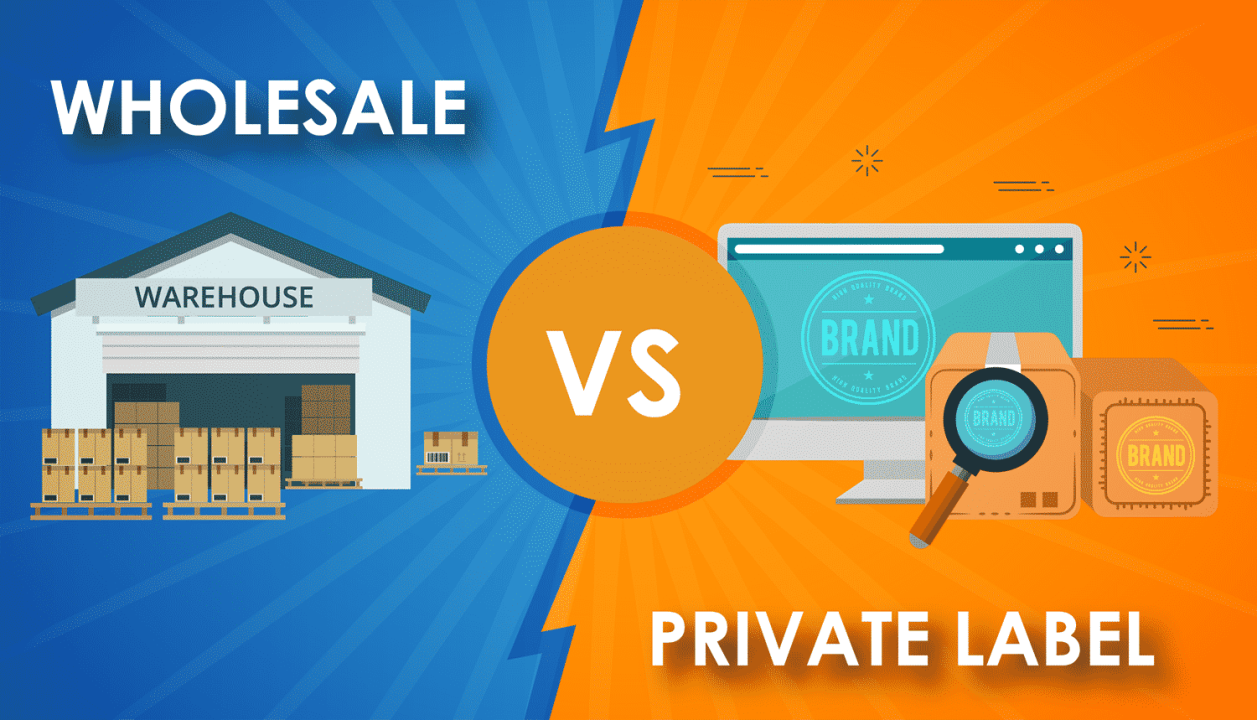Repricing Private Label vs. Wholesale: The Strategy Split Amazon Sellers Don’t Talk About

The Amazon marketplace treats private label and wholesale products as entirely different competitive ecosystems, yet most sellers apply identical repricing strategies to both models. This one-size-fits-all approach to Amazon repricer configuration is costing sellers millions in lost profits and missed opportunities.
Private label sellers compete primarily on brand positioning, customer experience, and perceived value, while wholesale sellers compete in commodity markets where price, availability, and fulfillment speed determine success. These fundamental differences require completely different repricing philosophies and tool configurations.
Understanding this strategic split is crucial because the same Amazon repricer settings that maximize wholesale profits can destroy private label brand equity, while private label pricing strategies often fail catastrophically in wholesale environments.
Moreover, sellers must consider the broader ecosystem in which each model operates. For private label, factors like marketing campaigns, influencer partnerships, and seasonal promotions interact closely with repricing decisions.
Wholesale sellers, by contrast, must monitor global supply chain shifts, competitor inventory levels, and even pricing trends on external marketplaces to remain competitive. Ignoring these nuances can result in missed revenue opportunities and misaligned business strategies.
An advanced Amazon repricer can help manage this complexity by segmenting products dynamically and applying model-specific rules at scale, something manual or single-strategy systems cannot achieve.
Private Label: Brand Building Through Strategic Pricing
Private label sellers own their products’ brand identity, packaging, and market positioning. This ownership creates pricing flexibility that wholesale sellers cannot match, but it also creates responsibilities that many sellers underestimate.
Effective private label repricing focuses on maintaining price points that support brand positioning rather than simply winning competitive battles. Products positioned as premium solutions cannot engage in aggressive price wars without damaging their perceived value permanently.
The most successful private label sellers use their Amazon repricer tools to maintain pricing consistency that reinforces brand messaging. If a product’s value proposition emphasizes quality and reliability, constant price fluctuations contradict that message and confuse potential customers.
Price stability becomes a brand asset for private label products. Customers develop trust in brands that maintain consistent pricing because stability signals confidence in product value and business sustainability.
Wholesale: The Commodity Competition Reality
Wholesale sellers operate in fundamentally different competitive environments where multiple sellers offer identical products from the same manufacturers. Brand loyalty is minimal, and customers make purchasing decisions based primarily on price, shipping speed, and seller reliability.
In wholesale markets, aggressive Amazon repricer strategies often make sense because products are true commodities where small price differences significantly impact sales volume. The goal is capturing market share in categories where product differentiation is minimal or nonexistent.
Wholesale success depends on operational efficiency and pricing agility rather than brand building. Sellers who can maintain the lowest total cost to customers (price plus shipping plus delivery time) while meeting Amazon’s performance standards typically dominate wholesale categories.
Configuration Differences for Maximum Effectiveness
Private label Amazon repricer configurations should emphasize price stability with strategic flexibility. Minimum price floors should be set based on brand positioning requirements rather than simple cost-plus calculations. Price changes should be gradual and deliberate rather than reactive and frequent.
Wholesale repricer configurations require maximum responsiveness and aggressive competitive positioning. Price floors should be based on actual product costs and minimum acceptable margins, with algorithms designed to capture every possible sale opportunity.
The timing of price adjustments also differs significantly between models. Private label products benefit from scheduled price changes that align with marketing campaigns and inventory planning, while wholesale products require real-time responsiveness to competitive moves and inventory fluctuations.
Inventory Management Integration
Private label sellers can use repricing strategies to manage inventory flow in ways that wholesale sellers cannot. When private label inventory runs low, increasing prices can reduce demand while maintaining margins, allowing sellers to manage stockouts strategically.
Wholesale sellers face different inventory dynamics because they compete with other sellers offering identical products. Raising prices when inventory runs low often means losing all sales to competitors rather than managing demand effectively.
Customer Lifetime Value Considerations
Private label pricing strategies must consider customer lifetime value and brand relationship development. Aggressive repricing that maximizes short-term sales can damage long-term customer relationships and reduce repeat purchase rates.
Wholesale pricing focuses on immediate transaction optimization because customer relationships are primarily with Amazon rather than individual sellers. Wholesale buyers often don’t notice or remember which seller fulfilled their orders, making long-term relationship building less relevant.
The Hybrid Challenge
Sellers operating both private label and wholesale products face the complex challenge of managing different repricing strategies within the same business. Many successful sellers use separate Amazon repricer tools or completely different configuration profiles for each business model.
The most sophisticated sellers segment their catalogs not just by business model but by competitive positioning within each model. Premium private label products receive different repricing treatment than value-focused private label lines, just as high-velocity wholesale items are managed differently from slow-moving wholesale inventory.
Additionally, sellers should monitor cross-product impacts when adjusting prices. A price change in a high-traffic wholesale SKU can influence perception and sales of private label products. Using data-driven segmentation, businesses can dynamically adjust repricing strategies to balance immediate revenue goals with long-term brand equity, ensuring both models contribute optimally to overall profitability.
Market Intelligence Requirements
Private label success requires deep understanding of customer psychology, brand positioning, and value perception. Repricing decisions should incorporate customer feedback, review sentiment, and brand health metrics that wholesale sellers rarely need to consider.
Wholesale success demands intensive competitive intelligence, market timing expertise, and operational optimization. Wholesale Amazon repricer systems need access to real-time competitive data, inventory tracking across multiple sellers, and sophisticated margin calculation tools.
The Strategic Integration Opportunity
The most successful Amazon sellers understand that private label and wholesale products can work together strategically when repricing approaches are properly integrated. Loss-leader wholesale products can drive traffic that converts to higher-margin private label sales, while established private label brands can provide credibility that improves wholesale product performance.
This integrated approach requires repricing strategies that optimize total business profitability rather than individual product performance, a sophistication level that many sellers have yet to achieve.



